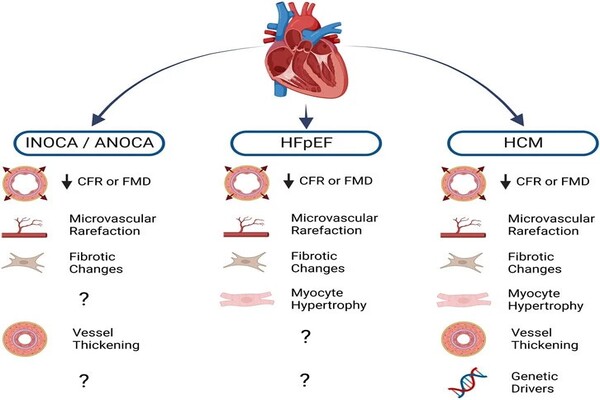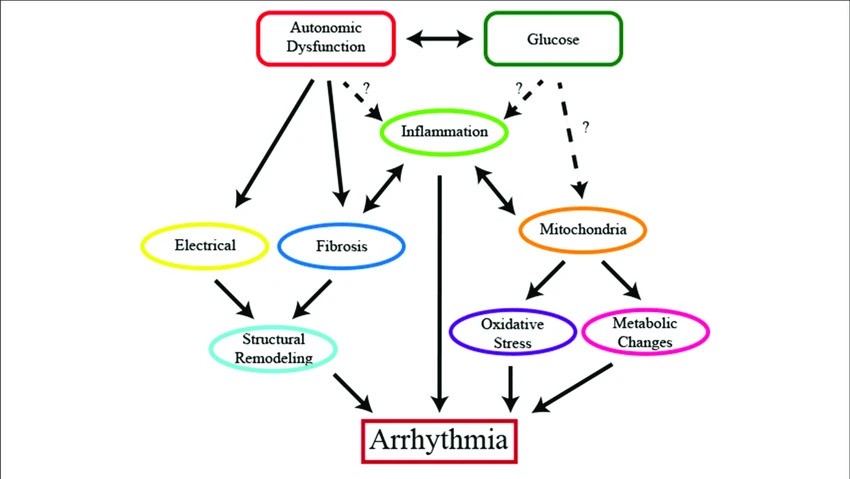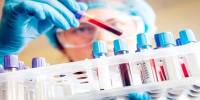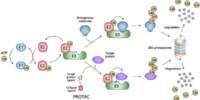Patients suffering from atrial fibrillation, a common cardiac arrhythmia, may benefit from future medicines that target inefficiencies in heart cell metabolism, according to a new study.
A study published in the Cardiovascular Research Journal indicated that a gene deficit observed in individuals with atrial fibrillation may cause lower energy production in heart cells. Deficiencies in the PITX2 gene in cardiac cells cause some mitochondria, or energy-producing sections of the cell, to be smaller and less efficient.
The team, led by researchers from the Institute of Cardiovascular Sciences at the University of Birmingham and the University Medical Center Hamburg-Eppendorf in Germany, studied lab-grown PITX2-deficient cardiac cells and compared them to normal cardiac cells to investigate the effect of PITX2 on cell development and function.
This study shows how a specific gene affects the heart’s ability to produce energy and maintain a regular rhythm, providing new insights into potential treatments for atrial fibrillation. We observed that the deficiencies in the PITX2 gene leads to heart cells not functioning properly, including having a smaller and less efficient system for producing energy.
Professor Larissa Fabritz
Key findings:
- Cell Structure and Function: The PITX2-deficient heart cells are shorter and more disorganized, with more cells having single nuclei. These cells also have smaller mitochondria and changes in the proteins involved in energy production.
- Energy Production: The mitochondria in PITX2-deficient cells are less efficient at producing energy through their usual processes and instead rely more on glycolysis (a less efficient way of generating energy). This shift is linked to increased spontaneous beating rates and irregularities in the heart cells’ electrical activity. Impaired mitochondrial function with reduced ATP/energy production is an important factor in heart failure.
- Gene Expression: Analysis of the genes in these cells reveals significant differences in those involved in energy production and ion channel function (which are crucial for maintaining the heart’s rhythm). Similar changes are observed in the heart tissue of patients with AF compared to those with normal heart rhythms.

Professor Larissa Fabritz, Chair of Inherited Cardiac Conditions, University Center of Cardiovascular Science and Honorary Chair, Institute of Cardiovascular Sciences, University of Birmingham said::
“This study shows how a specific gene affects the heart’s ability to produce energy and maintain a regular rhythm, providing new insights into potential treatments for atrial fibrillation. We observed that the deficiencies in the PITX2 gene leads to heart cells not functioning properly, including having a smaller and less efficient system for producing energy. This means that those heart cells are having to increasingly rely on glycolysis to produce energy which introduces oxygen stress into the mix.”
“Free fatty acids are the predominant energy source for normal heart metabolism during rest. It burns glucose when pushed because glucose metabolism does not require oxygen, unlike fatty acid oxidation. In PITX2 deficiency, mitochondrial respiration is decreased, causing the heart cells to enter an oxygen-deficient stress state where glucose is used for energy. This shift has been associated to increased spontaneous beating rates and electrical abnormalities in the heart cells.
The findings could lead to new treatments for atrial fibrillation that focus on increasing energy production in heart cells, particularly in patients with PITX2-related deficits.
















